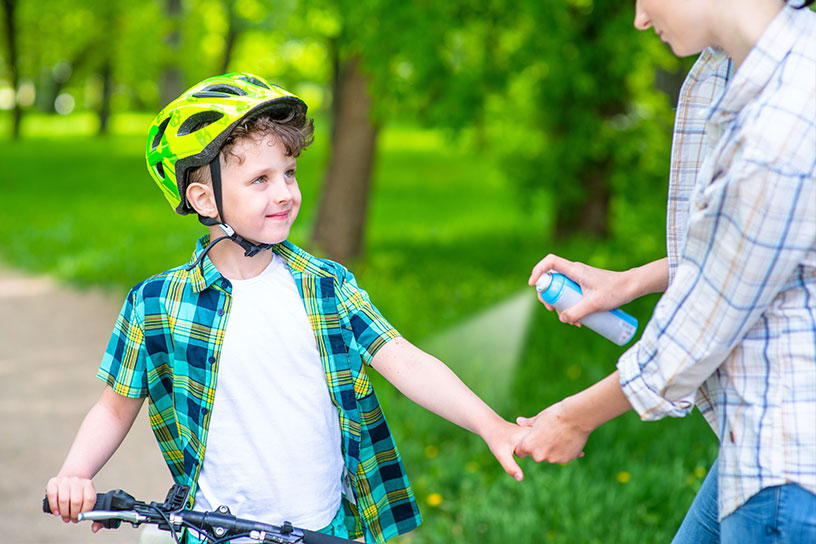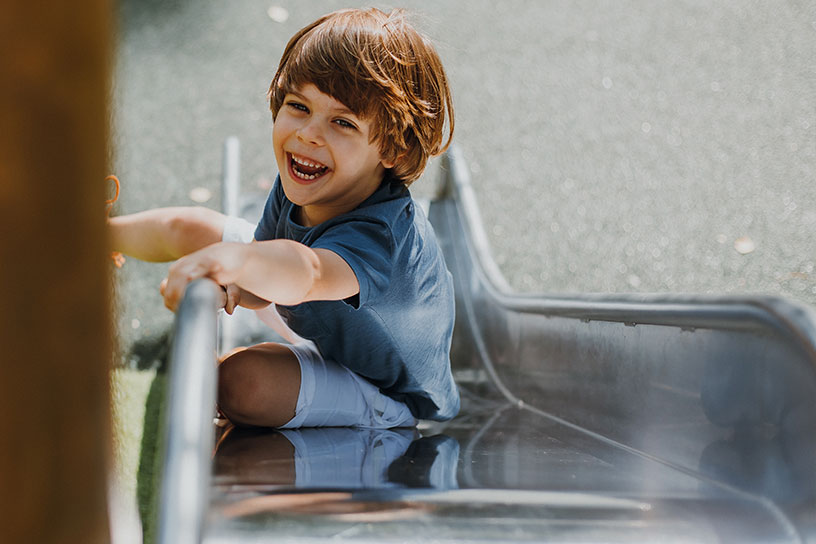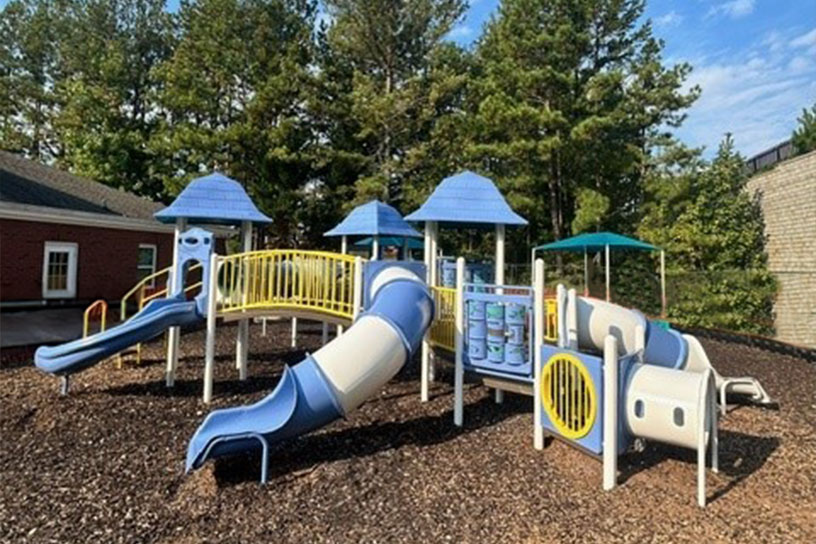Safe surfacing is one of the best ways to prevent accidents and injuries on the playground. But most surfacing requires upkeep to ensure its safety and longevity. Here’s everything you need to know to keep your surface safe, from inspection and cleaning to playground surfacing repair.
What Type of Playground Surface Do You Have?
There are two main types of surfacing: loose-fill and unitary. The type of playground surface maintenance you’ll need to perform depends on the type of material you have.
Loose-fill surfaces include:
- Engineered wood fiber (EWF)
- Rubber mulch
- Loose-fill rubber
Unitary surfaces include:
- Poured-in-place rubber
- Bond-in-place rubber
- Interlocking rubber tiles
Cleaning & Repairing Loose-Fill Surfacing
Loose-fill surfacing is a safe and affordable option for your playground. It can also be one of the easiest to maintain playground surfaces by following these three simple steps.
Inspecting
To start your loose-fill playground surface maintenance, you’ll need to inspect your existing material. Visually inspect the surface for trash, leaves, and other debris. You can also use a rake to sift through and turn over your surfacing. If you utilize rubber mats underneath swings or in other high-traffic areas, be sure to check them for damage as well to prep for any necessary playground surfacing repair.
Cleaning
Because of the nature of loose-fill surfacing, it is prone to concealing hazards and debris. If your surface is relatively clean, you can simply use a rake or leaf blower to remove any hazards. If your surface hasn’t been cleaned or maintained in a while, you may need to flush the entire surface with clean water.
Repairing
One of the major benefits of loose-fill surfacing is that it requires minimal maintenance. After cleaning, simply add surfacing to any low areas and rake them smooth. After adding material, always measure to ensure your surfacing is at least 12 inches deep.
Loose-fill materials compress over time so it’s important to check your surface depth regularly. We also recommend keeping a small amount of extra surfacing on hand to make regular maintenance quick and easy.

Cleaning & Repairing Unitary Surfacing
Unitary surfacing is a durable and safe option for your playground, but it does require regular maintenance. Here’s what you need to know about unitary playground surfacing repair.
Inspecting
Unitary surfaces like poured-in-place and bonded-in-place rubber require a simple visual inspection. Check for pits, cracks, and any other damage to the surface.
If your playground uses interlocking rubber tiles, pay special attention to the seams and corners to ensure everything is secure and in good condition.
Cleaning
When learning how to clean rubber playground surfaces, don’t overthink it. Use a soft-bristled broom or leaf blower to remove dirt and debris. Avoid brooms with stiff bristles which can damage or scratch your rubber surface.
If you also want to sanitize your surface as part of your playground surfacing repair, choose a non-toxic, non-corrosive sanitizing agent like Peroxigard™. Sanitizing your playground surface can prevent the spread of germs and bacteria to help keep children at play safe.
Repairing
Most of the time, unitary playground surface repair requires the help of a licensed expert. Our team at Playground Guardian can help you patch, repair, or replace your unitary surface to keep it safe and usable for years to come.





